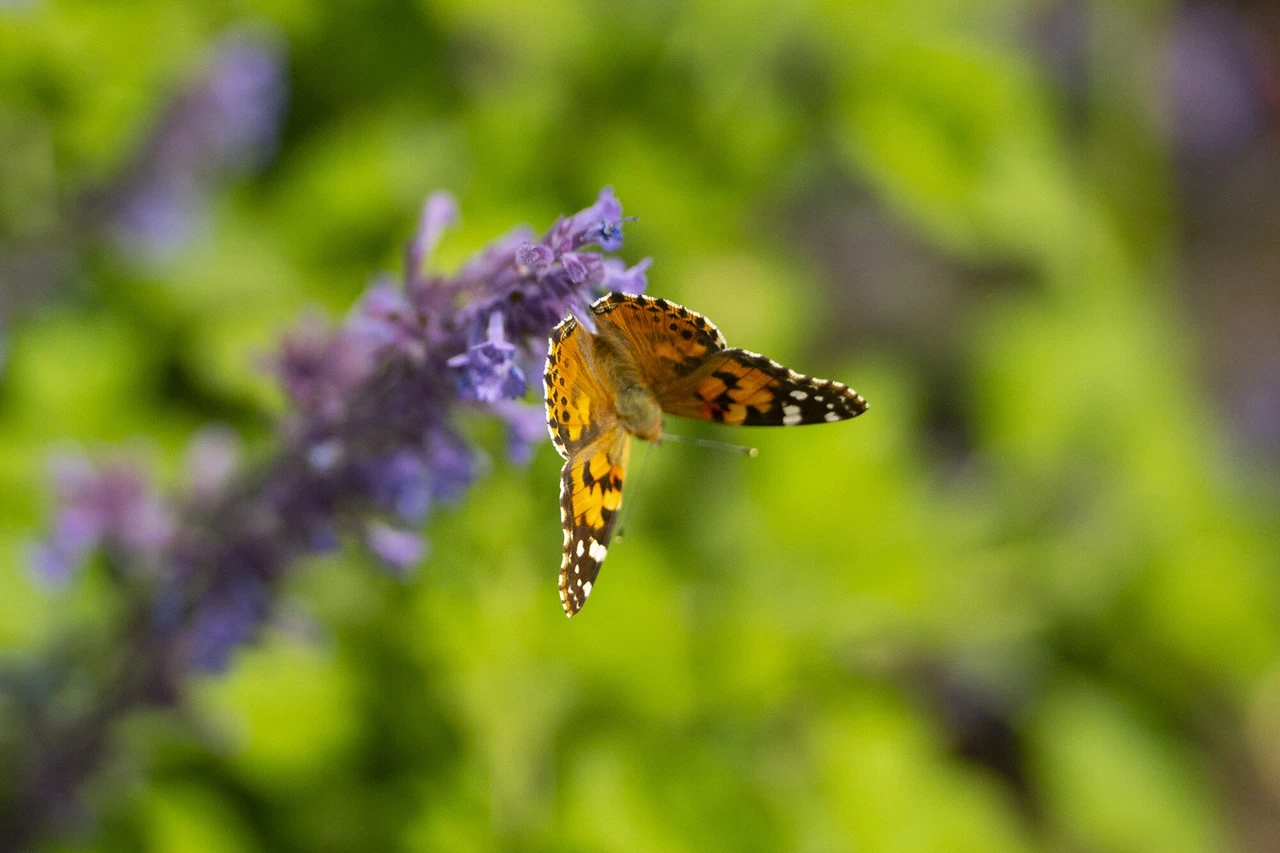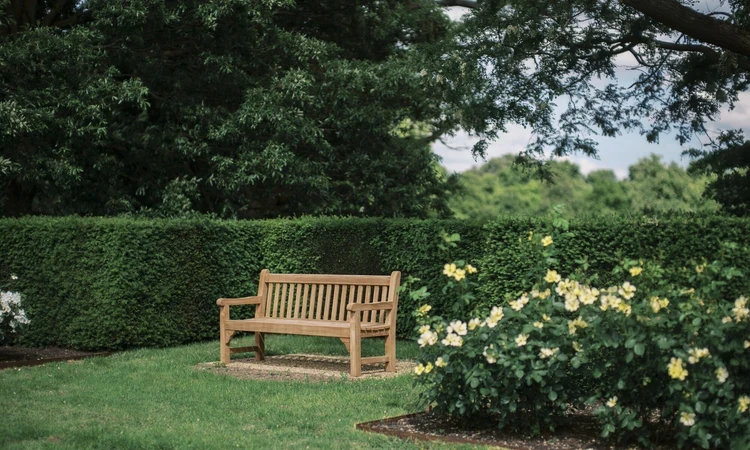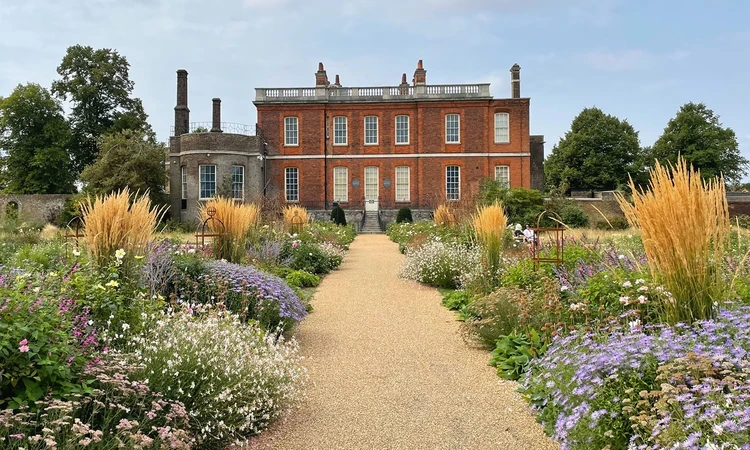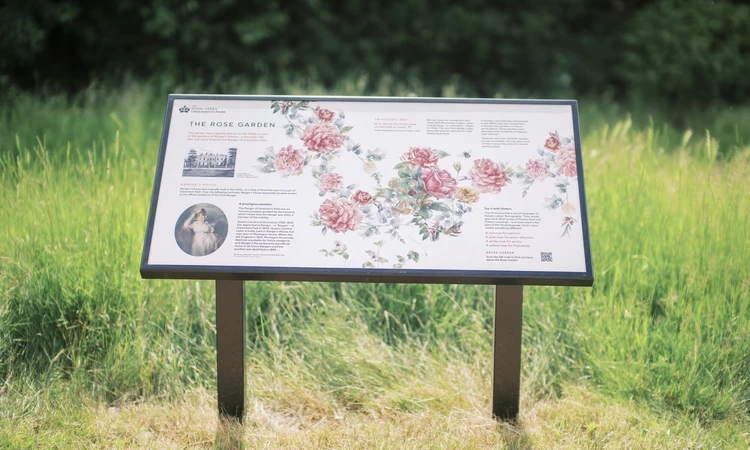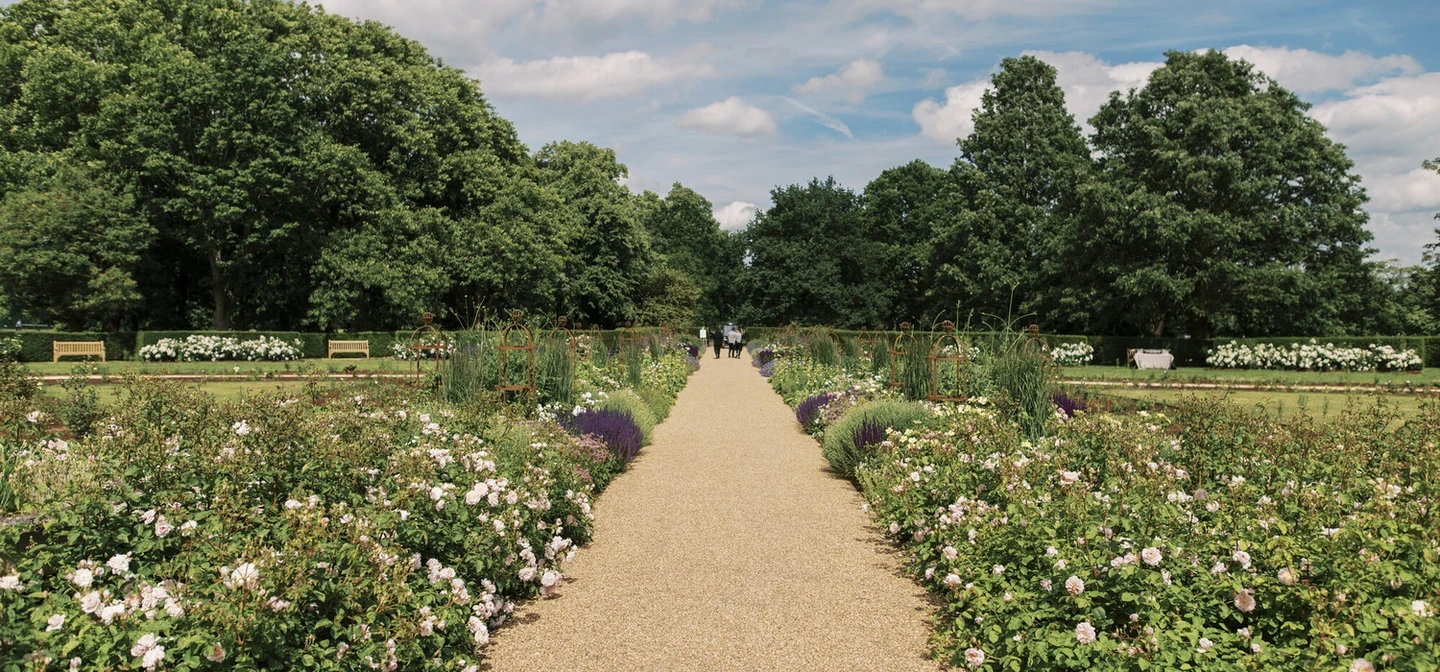
The Rose Garden
The classical beds of the Rose Garden are home to a variety of flowers, which create a vibrant, colourful display each summer.
Greenwich Park's popular Rose Garden is located on the western side of the park and forms the backdrop to the Ranger's House, an elegant Georgian villa which was originally the residence of the park ranger.
The house now belongs to English Heritage and houses The Wernher Collection, a remarkable collection of works of art amassed by diamond magnate Sir Julius Wernher (1850-1912).
The Rose Garden was originally planted in 1960-61, enlarged and replanted in 1993-94 and was enhanced and restored 2023-25.
A revived Rose Garden
The Royal Parks has revived and futureproofed this much-loved space following a major multi-year project, creating a tranquil haven of beauty for everyone to enjoy.
Visitors can discover vibrant colours, shapes and scents across every season, thanks to new, diverse planting scheme designed to help the garden to adapt to climate change, boost plant health and thrive for years to come.
We would like to thank everyone who has donated towards the regeneration of the Rose Garden. You’ve helped plant 800 roses, 800m2 of wildflower meadow, 6000 plants and 7,000 bulbs for bees and butterflies. We are also very grateful to the Friends of Greenwich Park for generously funding one of the new pergolas.
A beautiful garden for everyone to enjoy
Stroll along a new concentric, accessible path that takes you into the heart of the garden, allowing everyone to enjoy its beauty up close.
Marvel at 40 varieties of roses, with climbing and rambling roses weaving through elegant new obelisks and steel pergolas, creating height, fragrance, and artistry.
Iconic urn beds burst with colour, framed by new mixed herbaceous borders and drought-tolerant perennials, providing a wow factor from early spring through late autumn. Even in the winter, grasses and seed heads keep the garden alive with texture and beauty.
Tune out to the buzz of insects. The new garden not only provides a beautiful backdrop for visitors, but it has been carefully created to provide a rich habitat for pollinators and other wildlife too.
Inspired by celebrated designs such as at Mottisfont, the revitalised Rose Garden promises unforgettable moments for every visitor.
Beautiful new design features
- Mixed herbaceous borders blending English shrub roses with drought-tolerant perennials and tall grasses.
- Obelisks and steel pergolas supporting climbing and rambling roses.
- Renewed traditional rose beds in selected areas.
- Extended borders that guide the eye towards Ranger’s House.
- New and refreshed visitor information boards.
- More intimate seating areas, framed by a rose boundary hedge.
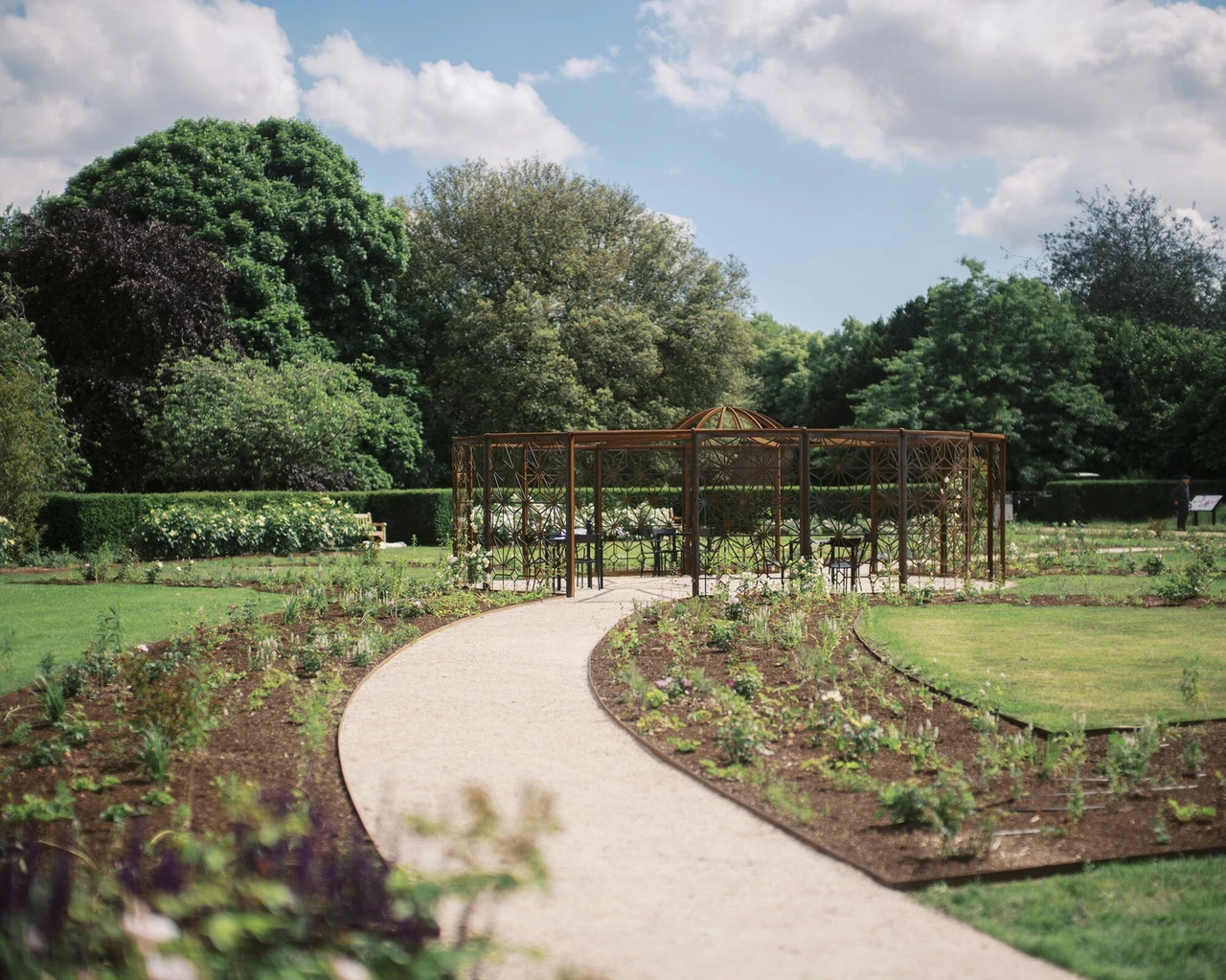
Benefits of Mixed Planting
- Better pest control through increased presence of natural predators such as ladybirds, hoverflies, beetles, and wasps.
- Greater biodiversity offers habitats for a wider variety of fauna and beneficial soil organisms.
- Longer blooming seasons, with bulbs and perennials extend colour from spring through autumn.
- More resilience to extreme weather and occasional plant losses.
- Reduced maintenance impacts and improved long-term sustainability.
